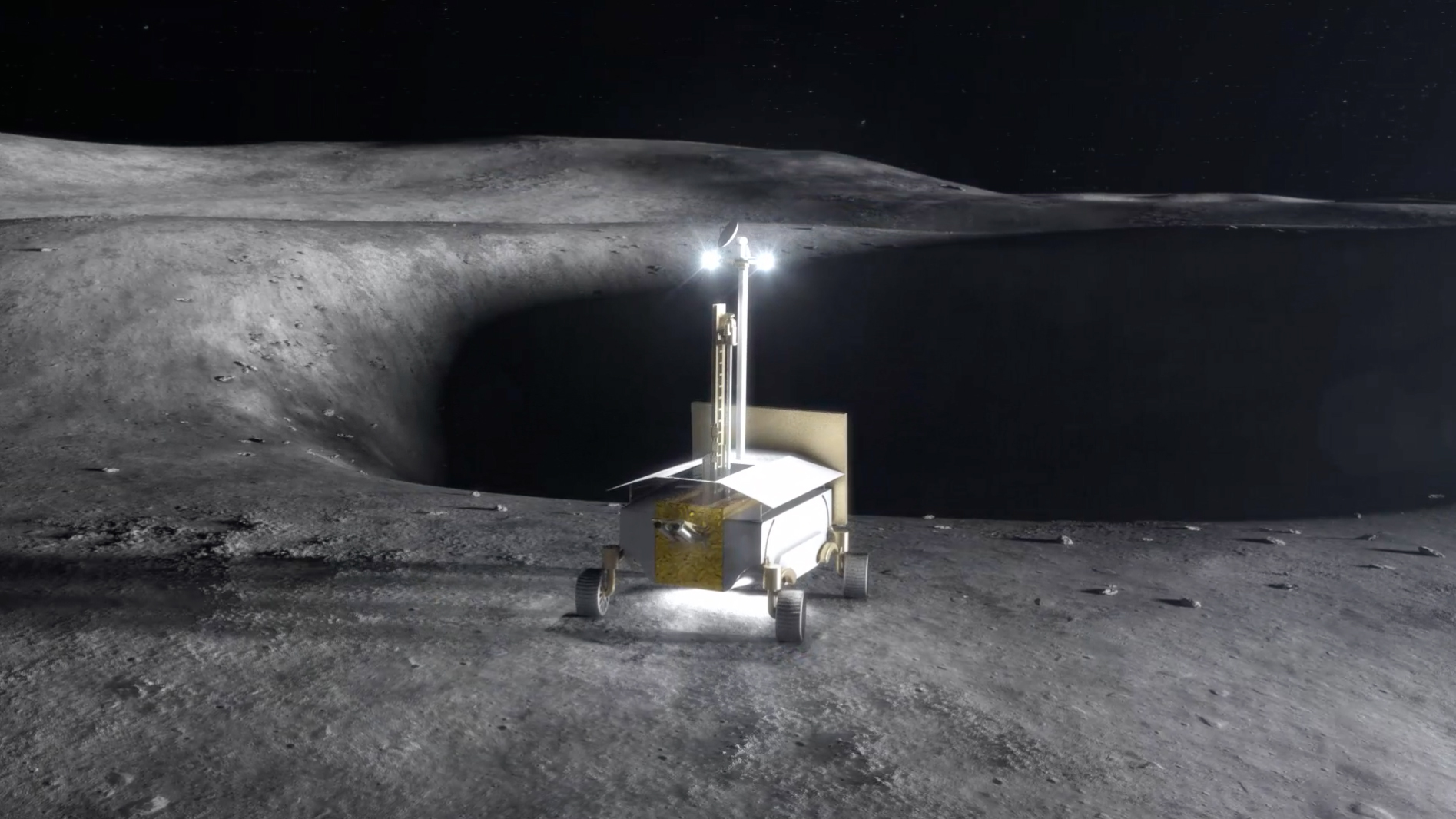NASA will pay for moon rocks excavated by private companies

NASA announced today that it was seeking proposals from private companies interested in collecting samples from the moon and making them available for purchase by the agency.
The news: As part of the new initiative, one or more companies will launch a mission to the moon and collect between 50 and 500 grams of lunar regolith from the surface. If they can store the sample in a proper container and send pictures and data to NASA to prove the sample has been collected and can be brought to Earth safely, NASA will pay that company between $15,000 and $25,000.
The company would receive 10% of its payment after its bid is selected by NASA, 10% after the mission launches, and the remaining 80% upon delivering the materials to NASA. The agency has yet to determine exactly how it will retrieve the sample, but the exchange would be expected to happen “in place” on the moon itself—meaning any participating company is only obligated to figure out how to get to the moon. NASA would retain sole ownership of the material upon transfer.
The samples could be from anywhere on the surface of the moon, and could possess any rock, dust, or ice materials. The agency wants to complete these exchanges before 2024.
What’s in it for NASA: There’s an extremely high demand for lunar material among scientists. Nearly all the lunar material currently in NASA’s possession was collected during the Apollo program. While the initiative itself will only bring a small amount to Earth compared with the hundreds of kilograms gathered during Apollo, this could be the first step in establishing a new pipeline for lunar samples, in which NASA buys from the private sector instead of devoting resources to building and launching missions for that purpose.
In a blog post published today, NASA administrator Jim Bridenstine said the new initiative is part of the agency's larger goal with the Artemis program to bolster private-sector participation in space exploration. The agency is already working with several launch providers under its Commercial Lunar Payload Services (CLPS) program to deliver nearly two dozen scientific and technological payloads to the moon in the run-up to a crewed landing by the end of 2024. The 2024 landing itself is slated to utilize hardware built by private companies, most notably the lunar lander for taking humans to the surface.
What’s in it for the company: $25,000 is paltry compensation for such a mission, so any companies that participate won't be in this for money. Instead, it’s an incentive to test out new technologies, including those that could be later used to extract resources like water ice from the moon. The mission outlined in today’s announcement will only involve collecting and storing material from the surface, but that’s still something no private company has done before.
Legal questions: Lastly, many of America’s larger lunar ambitions focus on establishing a moon mining industry and developing a marketplace that allows excavated resources to be bought and sold by different parties. Bridenstine alludes to these plans in his blog post, referencing President Trump’s April 2020 executive order that encourages the recovery and use of resources in outer space. That order was a follow-up to a law passed in 2015 outlining America’s position that US companies are allowed to own and sell resources they’ve extracted from extraterrestrial bodies. There’s still debate as to whether such policies conflict with the 1967 UN Outer Space Treaty.
Deep Dive
Space
How to safely watch and photograph the total solar eclipse
The solar eclipse this Monday, April 8, will be visible to millions. Here’s how to make the most of your experience.
How scientists are using quantum squeezing to push the limits of their sensors
Fuzziness may rule the quantum realm, but it can be manipulated to our advantage.
The great commercial takeover of low Earth orbit
Axiom Space and other companies are betting they can build private structures to replace the International Space Station.
Stay connected
Get the latest updates from
MIT Technology Review
Discover special offers, top stories, upcoming events, and more.